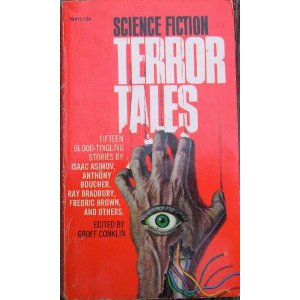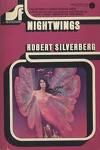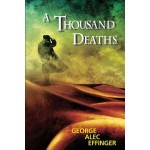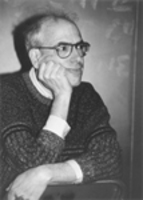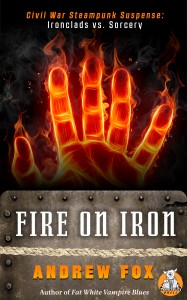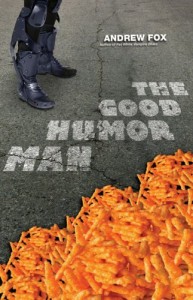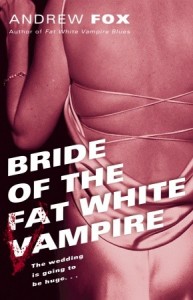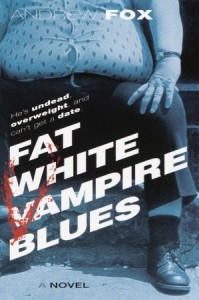I’ve been thinking a lot about changes in the world of books. My recent post, “The Death of Science Fiction, 1960 and Today,” talks about the current turmoil in the publishing and bookselling industry (i.e.: the liquidation of Borders), the transmogrification of the distribution system for books, and how the ebook original currently has much the same profile as the paperback original did back in 1960, when Earl Kemp published his memorable monograph, Who Killed Science Fiction?
All the cogitating has me looking back wistfully at my earliest book buying experiences, when I was just a young ‘un. My formative reading years, my own personal Golden Age of Science Fiction, pretty much extended from 1971, when I was seven, to 1982, the year I graduated high school. These were years when the paperback original was the undisputed king of science fiction prose formats, but well before the book superstores, the Barnes and Nobles and Borders and Books-a-Millions, had proliferated. I grew up in North Miami Beach, Florida, not then a hot spot for independent bookstores (although there were a few around, particularly in more bohemian neighborhoods like Coconut Grove).
So where did I buy my books? (I bought many, many of them.) I’d like to take a little journey down Memory Lane, if only to educate my three young boys on their father’s early years.
(Me: Yeah, boys, when your daddy was a kid, I used to buy my paperback books at an itty-bitty newsstand that was twenty-five miles from my house, and I had to walk uphill through driving snow both ways–
Asher: But Daddy, didn’t you grow up in Miami?
Me: Uh, yeah. . . well, when I was a kid, I used to buy my paperback books at an itty-bitty newsstand twenty-five miles from my house, and I had to walk through hurricane-force WINDS both ways. . .)
Burdine’s Department Store: Burdine’s was one of four anchoring department stores at the 163rd Street Shopping Center in North Miami Beach (the other three were Richard’s, Jordan Marsh, and J.C. Penny). Burdine’s was the fanciest of the four, sort of our local Macy’s; it had a nice restaurant on the top floor, a linen-napkin kinda place, where my Grandmother Irene used to take me for special lunches. Back in them old days of the 1970s, upscale department stores had many more departments than just men’s clothing, women’s clothing, children’s clothing, home furnishings, and electronics. Some, like Burdine’s, had a books department. I don’t remember their department carrying any hardback books; or, if they did, it was only very few. What they did have was five or six rows of long, long metal racks of mass market paperbacks (referred to as pocket books, back then). They carried quite a few science fiction paperbacks, UFO and occult-related paperbacks, and true crime books.
I spent many pleasant interludes reading the back covers of paperbacks there while my mother or grandmother shopped in other departments. I remember as a ten year-old being pleasantly mystified by the cover illustrations and back cover descriptions on the Carlos Castaneda books, The Teachings of Don Juan, etc. These were labeled Non-fiction. Were the stories true? Were sorcerers real? My favorite Burdine’s purchase was the collection Science Fiction Terror Tales, edited by Groff Conklin, which I probably begged my dad to buy for me in 1970 or 1971 (it was published in 1969). The story I gravitated to most strongly was “Nightmare Brother” by Alan E. Nourse (reprinted from the February, 1953 issue of Astounding). But what really hooked me was the cover illustration: an injured hand clawing the book’s cover, a hand with a single, staring eyeball protruding from its back and trailing broken cyborg wires. Hard to top that when you’re seven years old.
Some Cigar Shop on Biscayne Boulevard: I can’t recall the name of this place. It was located on Biscayne Boulevard in North Miami, in the same shopping strip as the very popular Pumperniks Delicatessen (a favorite of the great Robert Sheckley’s, whenever he was in the area). The cigar shop was small and narrow. When you walked in, the right side of the store was taken up with glass counters and cabinets displaying a multitude of colorful cigar boxes. The left side of the store was given over to wall racks of paperback books. My father used to take me in there. The one book I remember him buying for me there was a significant one — my first collection of Ray Bradbury stories, A Medicine for Melancholy. I needed a book to take with me on the bus going from North Miami Beach down U.S. 1 to Sea Camp in the upper Keys. I was in fifth grade; this was my first sleep-away camp experience (and I got stung by jellyfish). I picked the book because the montage of images on its cover featured a little Brontosaurus. Reading the book on the bus trip led me to fall in love with Ray Bradbury, who became my “entry drug” to SF and fantasy short fiction.
Worldwide News and Books: This place was a treasure trove. It was a huge newsstand in a modest strip of shops on 163rd Street in North Miami Beach, near N.E. 16th Avenue, within reasonable bicycling distance from my house. Aside from newspapers from all over the nation and many other countries, they also carried a gigantic stock of paperbacks, with an excellent selection of science fiction. I first encountered a new type of book there, trade paperbacks. At the time, I didn’t know that’s what they were called; I thought of them as “big paperbacks.” Some of the most exciting and enticing trade paperbacks I mooned over included Michael Ashley’s History of the Science Fiction Magazines series (volume one covered 1926-1935 and volume two covered 1936-1945; he’s now up to 1970) and Charles Platt’s marvelous and eye-opening SF:Rediscovery series, which introduced me to many classic works I otherwise would have overlooked. Foremost among these was Robert Silverberg’s magisterial Nightwings. I may have first picked it up because of the very pretty and very naked winged lady on the cover (I believe I was eleven at the time and so may be excused for my prurient interest). But I reread it again and again because it was a masterpiece of imagination and characterization. It remains one of my favorite novels (and I still have my original copy, lovely pastel boobies and all).
The Arts and Sciences Bookstore: This was a stuffy place. Both stuffy because its aisles were narrow, dim, dusty, and claustrophobia-inducing, and because it took its name very seriously. One of north Dade County’s only independent, full service bookstores, it was located on 125th Street, a modest storefront in the middle of North Miami’s original shopping district. I recall that most of their stock was scholarly; they didn’t have much popular fiction. I think popular fiction may have given the owner hives. What they did have, however, was literary criticism, and their stock occasionally included the odd volume on science fiction. I’m pretty sure I bought my copy of James Gunn’s Alternate Worlds: the Illustrated History of Science Fiction here. I’m positive I found my treasured copy of The Science Fiction of Mark Clifton, edited by Clifton’s biggest fan, Barry N. Malzberg (along with Martin H. Greenberg), here.
More to come tomorrow, including A&M Comics and Books, Starship Enterprises, the Walden’s Books at the 163rd Street Shopping Center, and my first, unrequited love!
continue to part two

